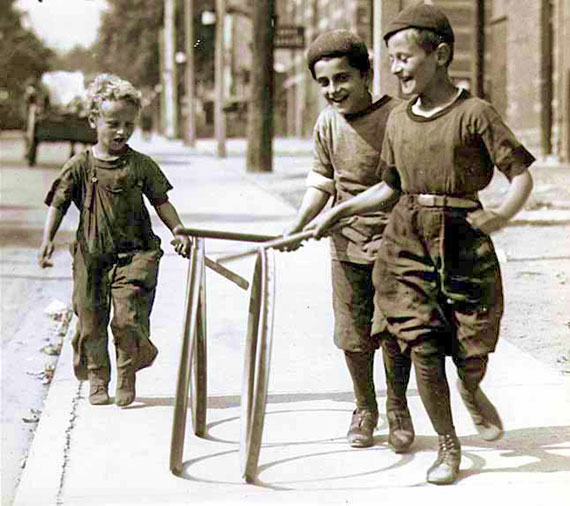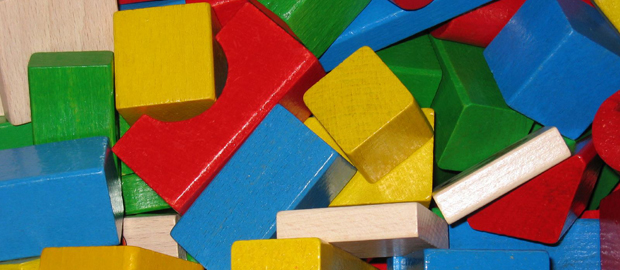"The Future of Play" entries

Connected play
How data-driven tech toys are — and aren’t — changing the nature of play.
Sign up to be notified when the new free report Data, Technology & The Future of Play becomes available. This post is part of a series investigating the future of play that will culminate in a full report.
When I was in first grade, I cut the fur pom-poms off of my dad’s mukluks. (If you didn’t grow up in the Canadian North and you don’t know what mukluks are, here’s a picture.) My dad’s mukluks were specially made for him, so he was pretty sore. I cut the pom-poms off because I had just seen The Trouble With Tribbles at a friend’s house, and I desperately wanted some Tribbles. I kept them in a shoebox, named them, brought them to show-and-tell, and pretended they were real.
It’s exactly this kind of imaginative play that a lot of parents are afraid is being lost as toys become smarter. And in exchange for what? There isn’t any real evidence yet that smart toys genuinely make kids smarter.

Low-fi toys. Public domain image, “Boys playing with hoops on Chesnut Street, Toronto, Canada.” Source: Wikimedia Commons.
I tell this story not to emphasize what a terrible vandal I was as a child, rather, I tell it to show how irrepressible childrens’ imaginations are, and to explain why technological toys are not going to kill that imagination. Today’s “smart” toys are no different than dolls and blocks, or in my case, a pair of mukluks. By nature, all toys have affordances that imply how they should be used. The more complex the toy, the more focused the affordances are. Consider a stick: it can be a weapon, a mode of transport, or a magic wand. But an app that is designed to do a thing guides users toward that use case, just as a door handle suggests that you should grasp and turn it. Design has opinions. Read more…

How data and connectivity are changing the nature of play
Now that technology has made its way into the playroom, there are a lot of important questions we should be asking.
Sign up to be notified when the new free report Data, Technology & The Future of Play becomes available. This post is part of a series investigating the future of play that will culminate in a full report.
Playing is how we learn. Through play, we develop large and fine motor skills, refine language and social interaction, and discover important facts about everything from the cycle of life and death to the laws of physics. When we play, we test the world around us, and share and grow.
But play is changing because it’s now filled with technology. In the coming months, I’m going to be looking at how data and connectivity are changing toys and the very nature of play. I’ll be talking to designers, inventors, technologists, and educators, and publishing the results in a report for O’Reilly Media.
Here’s my thinking so far:
Until very recent times, play was a purely tangible, real-world experience. Almost every adult alive has built a tower of blocks, climbed something, chased another person, used a skipping rope, and put together a puzzle. We all know the rules of tag and hide and seek. Some of our fondest memories include creative and imaginative play. We were pirates. We were princesses. We were explorers in a new, exciting land, limited only by our own imaginations and the loving cry of parents calling us home for dinner. Read more…
